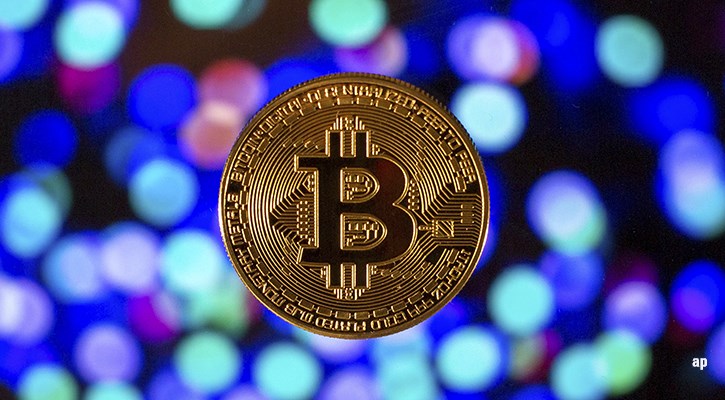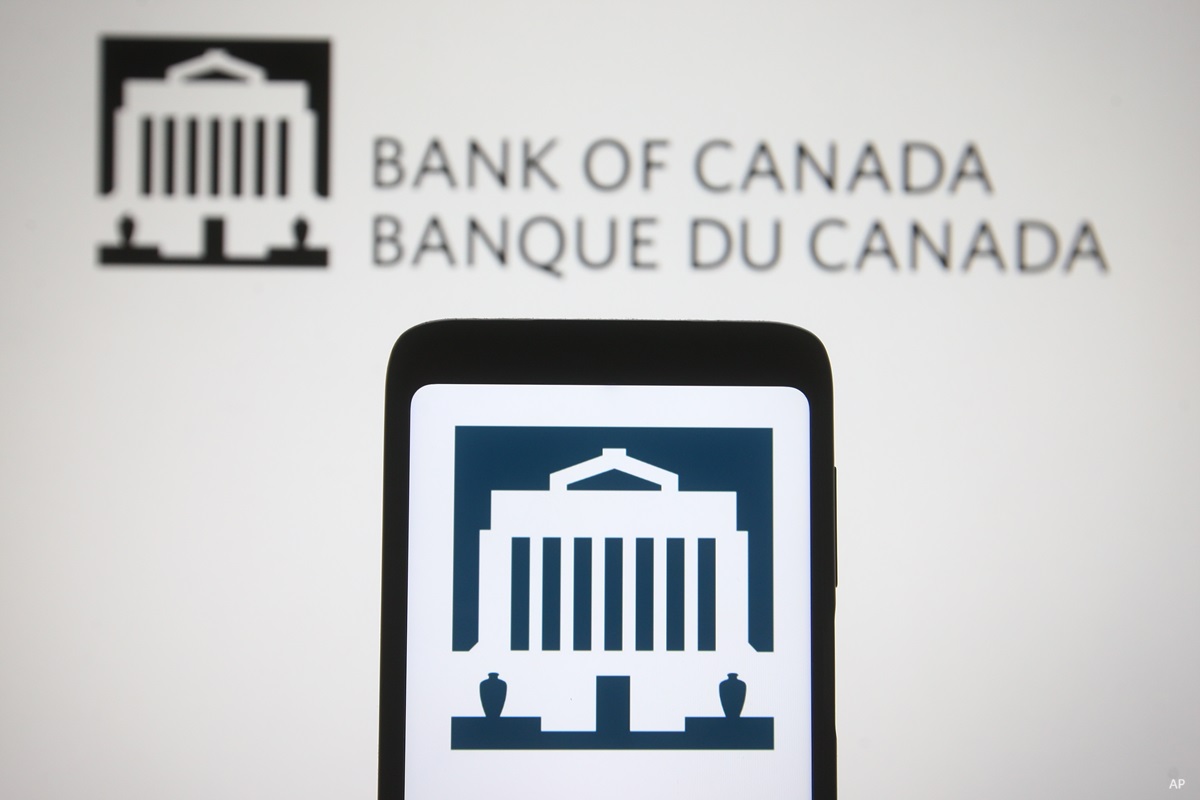
Advertisements for cryptocurrency seem to be everywhere these days. Previously unheard-of names like FTX, crypto.com, and Coinbase have burst onto the scene, carpet-bombing our morning commutes as well as cultural touchstones like the Super Bowl and the Oscars. We’re bombarded daily with impassioned commercials featuring blue-chip stars like Matt Damon and Larry David, insisting that we would be fools to miss out on the great opportunities that crypto presents.
That may be so, but it’s important to keep in mind that digital assets don’t advertise themselves. As financial rewards for participating in the verification of transactions on a decentralized ledger, cryptocurrencies cannot act of their own free will. Rather, it’s real companies, ones that make money when investors trade crypto, that have shelled out the cold hard cash.
These businesses have compelling incentives to expand their reach. Cryptocurrency markets lack the traditional barriers between broker, custodian, and exchange, which allows companies to charge fat commissions and clip investors at multiple points during a transaction. Because the lines between services are blurry, several types of companies have entered the fray, including:
- Centralized exchanges that exclusively or primarily trade in cryptocurrencies, like Coinbase and crypto.com;
- Incumbent retail brokerage platforms like Robinhood;
- Payments applications like Paypal and Square.

Recently, a new breed of exchanges has entered the mix: decentralized exchanges, which take the concept of decentralization a step further by doing away with central intermediaries altogether. Within the plumbing of a decentralized exchange, a series of preprogrammed smart contracts on a blockchain algorithmically links buyers and sellers, using lines of code to set pricing for people that choose to exchange.
Centralized counterparties (including exchanges, payments applications, and retail brokerages) operate differently from decentralized exchanges, and both have their flaws. Investors that use centralized counterparties give up control of their assets to the counterparty, since the counterparty holds the private keys to the investor’s crypto wallet. Thus, if the exchange gets hacked, the user loses any assets they have on the exchange. Decentralized exchanges, meanwhile, require an investor to link up their cryptocurrency wallet, so before a user even sets up a trade on a decentralized exchange they have to exchange fiat currency for cryptocurrency some other way and set up a wallet on their own.
Despite their differences, cryptocurrency trading platforms all have one thing in common: High transaction fees. Unlike stocks or exchange-traded funds, which most brokerages will allow customers to buy and sell for free, cryptocurrencies are still expensive to trade. In part that’s a consequence of the design: any time a cryptocurrency changes hands, its blockchain must be updated to reflect the transaction, which can require a significant amount of energy. It also takes time and effort for these exchanges to research potential coin listings, and exchanges are held liable for every coin they list. For this reason Robinhood, the sole provider that offers commission-free cryptocurrency transactions, lists just seven cryptocurrencies available for trading.
Finally, while the cryptocurrency market has grown at a stunning pace over the past 15 years since its invention, its US$1.4 trillion market capitalization is still a drop in the bucket compared with the global stock market’s US$116.9 trillion market cap as of June 2021.[1] Smaller markets transact less frequently, which supports higher transaction costs and wider gaps between the market value of a cryptocurrency and the price paid by investors.
All these factors exert tremendous pressure on the pricing structure of cryptocurrency trades. In a recent study we conducted for our 2022 Cryptocurrency Landscape, we found that per-transaction fees can range from free to upward of 6% depending on the conditions surrounding the trade. Below we’ve compiled a list of common exchange types, prominent members within those groups, the variety of coins available to transact, and costs of execution. For this illustration, we used a sample purchase of $500 worth of ether, executed in either U.S. dollars or USDT, a popular stablecoin that tracks the value of the dollar. (Unlike other cryptocurrency exchanges, decentralized exchanges cannot denominate trades in fiat currencies–instead, all participants must buy and sell in cryptocurrency.)

This illustrates that for investors accustomed to the frictionless trading of stocks and ETFs, there are no good choices. Among all these options, Binance has proved most palatable to investors, despite increasing regulatory pressure, because it charges relatively low fees to buy and sell cryptocurrencies and offers a wide variety of cryptocurrencies available to trade. Binance facilitated 41% of the total spot transactions and 52% of derivatives transactions executed in January 2022.[2]
Retail brokerages may have fewer coins available to investors, but they charge 0.5% on average compared to the crypto-native exchanges’ average fees of 0.85%. Those lower prices may come with a catch, though: Robinhood, for example, doesn’t allow users to migrate their cryptocurrency purchases into a wallet at the time of publication. Payments companies, which often hire a third party to process cryptocurrency transactions, have the most unfavorable pricing structure relative to the amount of choice they provide.
Still, even those fees are dwarfed by the highly variable "gas fees" that Ethereum network users pay to use decentralized exchanges like Uniswap. Gas fees pass the costs of mining a cryptocurrency to users of the platform by tacking a fee on to each transaction. As platforms like Uniswap proliferate, developers have increasingly focused on building scaling solutions to lower the gas fees charged to users, and Ethereum plans to resolve some of the headaches by switching to a Proof-of-Stake blockchain in 2022. It's still unclear how much of an impact the shift will have on gas fees, but scalability concerns will continue to compound as digital assets grow in prominence.
[1] Source: Statista. Data as of June 30, 2021.
[2] Cryptocompare. 2022. “CryptoCompare Exchange Review, January 2022." https://www.cryptocompare.com/media/39501098/cryptocompare_exchange_review_2022_01-1.pdf









:quality(80)/cloudfront-us-east-1.images.arcpublishing.com/morningstar/ZHTKX3QAYCHPXKWRA6SEOUGCK4.png)










